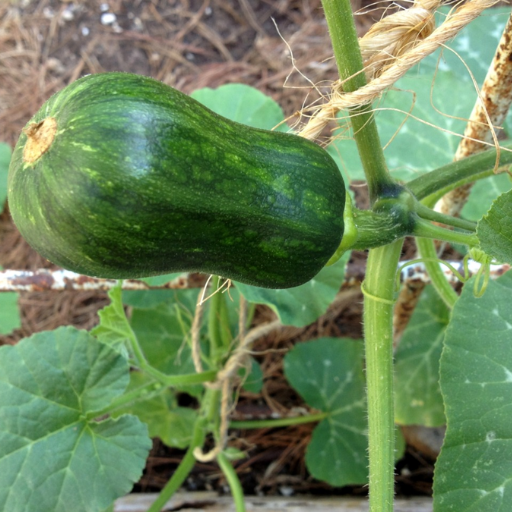Squash plants are the most versatile and productive in home gardening. However, for these plants to grow optimally, they may require more care. One of the best natural approaches to boost your squash’s health is applying Epsom salt, which contains abundant magnesium and sulfur. This article will examine how Epsom salts can benefit your squash, their uses, application techniques, and how they function chemically. As a professional or beginner gardener, appreciating the role played by Epsom salt can improve your growing experience; hence, you produce healthy squash plants if you have a home garden.
What are the benefits of using Epsom salt in my garden?
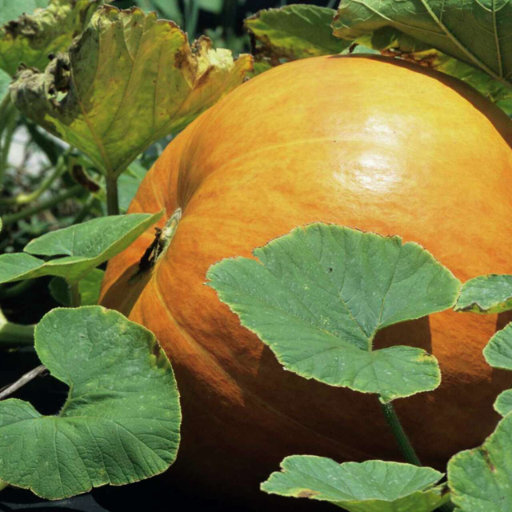
What are the benefits of Epsom salt for squash plants?
The major advantage of Epsom salt to squash plants lies in its magnesium content. Magnesium is vital in photosynthesis, which makes it easier for the plant to convert light into energy, increases its growth rate, and promotes greener foliage while fruits improve. Furthermore, sulfate compounds help in nutrient uptake, especially nitrogen and phosphorous, essential elements needed for good overall plant health. Likewise, using Epsom salts prevents common deficits and leads to more resilient and fruitful squashes.
What are some essential nutrients that can be found in Epsom salt?
Epsom salts contain two essential soil nutrients: magnesium (Mg) and sulfur (S).
- Magnesium (Mg): A necessary macronutrient that not only aids in chlorophyll production but also helps with photosynthesis. It aids the cell development of new plants, activating various enzymes responsible for different processes within the plant body. Stunted growth and yellowing leaves may result from a lack of enough magnesium.
- Sulfur (S) is another essential macronutrient. It is utilized in compound synthesis, such as amino acids, vitamins, and enzymes, as well as protein formation within plant cells. Increasing sulfur amounts or content enhances soil nutrient availability, which will favor the increase of beneficial microbes found in soils.
Overall, Epsom salt provides backup quantities of magnesium and sulfur to improve crop health. The general guideline for its effective application is approximately one tablespoon per every foot of a plant’s height or dilute with water and spray on leaves when dissolved this way. This allows sufficient mineral supply and improves soil fertility, thus ensuring proper crop yield.
Can Epsom Salt Repel Pests?
In my experience, I have seen how indirectly adverts pest problems through using Epsom salts at home gardens. Despite not being a pesticide, more vigorous plants that arise due to magnesium supply from the salt are less vulnerable to insect attacks. More vigorous plants, such as healthy ones, usually tolerate many stress conditions, which applies even to pest invasion. Furthermore, Epsom salt improves soil fertility and nutrient availability required by beneficial insects and microorganisms that control harmful pests. However, I prefer applying it with good gardening techniques like crop rotation or natural pesticides for better pest management.
How do I use Epsom salt for zucchini plants and other squash?
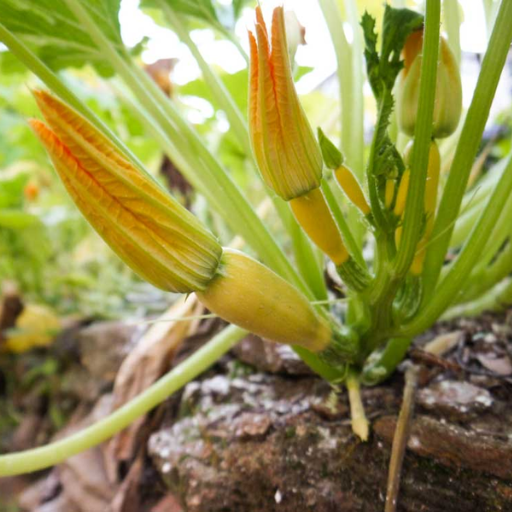
How regularly should Epsom salt be applied to zucchini plants?
From my own experience, I apply Epsom salt to zucchini plants every 4 to 6 weeks during the growing season. This helps the plants become more enriched in magnesium and sulfur without being overwhelmed. Typically, it takes about two weeks after planting for me to start using Epsom salts on my zucchinis, either by putting them in the soil or spraying them over their leaves, depending on what they require. This way, I have noticed that my zucchinis produce healthier fruits and exhibit more robust growth.
What is the right amount of Epsom salt for squash?
I believe people should add between one and two tablespoons of Epsom salts per foot of plant height for squash. Usually, I dissolve the Epsom salts in water, then spray them over as foliar or incorporate them into the soil around each plant. This should be done every four or six weeks throughout the growing season, with the best results coming out of that option. Consequently, this method has enabled me to ensure that my squash plants get enough magnesium and sulfur, resulting in better health and higher productivity.
Is there room to use Epsom salt during the seedling stage?
Yes, I could use epsom salts even during early stages such as seedlings on squash plants. This information was obtained from various gardening websites, which are reliable sources of relevant data explaining how Epsom Salt can facilitate go through which is essential for any kind of life at the very beginning stages: magnesium deficiency and sulfur supply at the germination phase involving its early growth period; therefore, we consider implementing an application strategy applying concentrated amounts via diluted solutions for examples like mixing a gallon of water with a teaspoonful of salts before distributing them among newly bred shoots since excess concentration causes toxicity within these fragile oil based vegetables while making sure they don’t miss out on key nutrients. It has worked well for me as this method promotes a sound root system and increases the overall health of my plants. At first, I had to watch closely over seedlings since the overuse of Epsom salt meant that there would be a lack of minerals. The low dosage has led to promising results in my squash plants’ early stages of development.
Can Epsom salt help with blossom end rot?
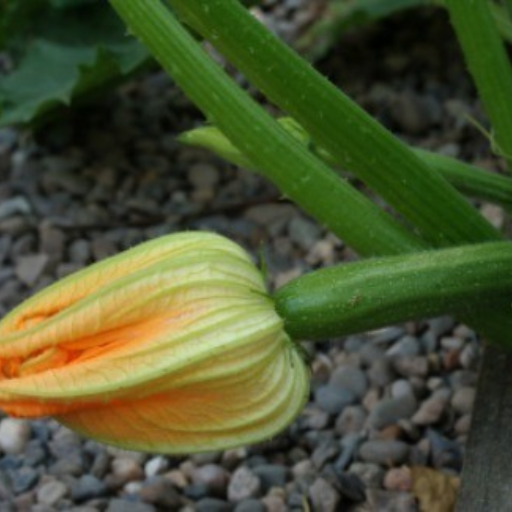
What causes blossom end rot in squash?
In squash, calcium deficiency is the primary cause of blossom end rot, interrupting fruit growth. According to my findings from various top gardening websites, keeping the soil consistently moist is essential, as this could hinder the plant’s ability to absorb calcium. Environmental stressors such as extreme temperatures and drought can worsen this condition.
Technically speaking, maintaining soil calcium levels above 1,000 ppm is critical, and I aim to target a pH level between 6.0 and 6.8 so that there are more chances of getting enough calcium made available. When I notice some damage to the fruits due to BER at early stages, I check my watering pattern before supplementing lime or gypsum onto the soil because they both help raise adequate calcium levels in soils. This has helped me deal with these aspects, limiting instances when my squash plants suffer from blossom end rot.
How does Epsom salt prevent blossom end rot?
I find using Epsom salt helpful in preventing blossom end rot due to its magnesium content, which promotes calcium absorption by plants. I have noticed that when you apply Epsom salts to your soil, it will aid in boosting chlorophyll production, nutrient uptake, and overall health of the entire plant. Magnesium also helps cell walls form necessary for fruit development, among other things. In addition, it ensures the right quantities of Calcium as per needs; hence, there are no blossom end roots on my squashes.
Are there other remedies besides Epsom salt for blossom end rot?
Yes, apart from Epsom salts, several other remedies have been found helpful in preventing blossom end rot. One method is mixing crushed eggshells or bone meal into my ground as it slowly leaches out calcium over time. Additionally, foliar sprays containing calcium offer quick-fix solutions to the plants, especially during critical growth periods. Moreover, avoiding excessive application of fertilizers, especially those that contain nitrogen, has minimized the stress likely to lead to this situation. Another way is to ensure my soil moisture content remains consistent because watering consistently ensures effective absorption of calcium into the plants; thus, blossom end rot can be prevented effectively.
How does Epsom salt compare to other fertilizers?
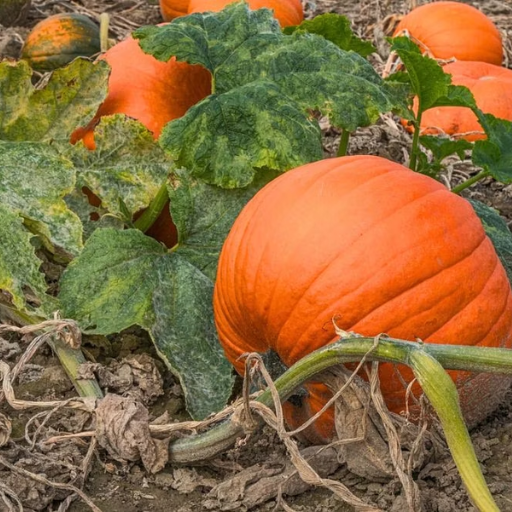
Are traditional fertilizers less effective than Epsom salt?
While there is no single replacement, some claim that comparing Epsom salt to traditional fertilizers suggests that Epsom salt has a specific purpose. Traditional fertilizers contain the essential macronutrients such as nitrogen, phosphorus, and potassium required by plants for growth while also having a balanced nutrient profile. However, Epsom salt mainly contains magnesium and sulfur. Combining traditional fertilizers with Epsom salts has had great results, especially when dealing with magnesium deficiency or blossom end rot in plants. In conclusion, unlike other typical types of fertilizer, it cannot be said that Epsom salt is better since it plays a supporting role similar to supplements that aid the uptake of nutrients and improve plant health when integrated adequately into my gardening practice.
Can I mix any other nutrients with Epsom salt?
Of course! I can mix other nutrients along with Epsom salt; indeed, this becomes one way to improve plant health. According to my findings from the significant gardening websites, combining Epson salts with normal manure is safe if directions are followed. For instance, one recommendation stipulates mixing liquid fertilizers at one tablespoon per gallon of water if using Epson salts. This approach enables plants to access sufficient magnesium levels without overwhelming them with other excessive nutrients.
It should be noted that blending calcium-containing fertilizers, such as lime-based ones, with Epson salts should be avoided because the magnesium present in Epson salts blocks calcium absorption processes (Lepsch et al., 2014). Research shows that an immoderate proportion of magnesium may cause nutrient imbalance, affecting overall growth rate and development (Phelps & Peterson 1998). Therefore, I always check my soil’s nutritional status periodically to adjust or make changes where necessary during feeding programs.
What are some signs of a magnesium deficiency in squash plants?
The presence of a few key indicators implies that the plant is lacking magnesium. One can note yellowing on older leaves, especially between the veins, known as interveinal chlorosis. This is evident at the base of the plant and progressively moves up as the condition worsens. Furthermore, curling up or cupping of affected leaves may indicate low levels of magnesium. Poor fruit development and stunted growth are also joint in plants suffering from nutrient deficiencies. Hence, it serves as an early warning sign for me to take action, such as applying Epsom salt, which can help restore my crop’s health (Jacoby et al., 2002).
How do I prepare and apply Epsom salt solutions?
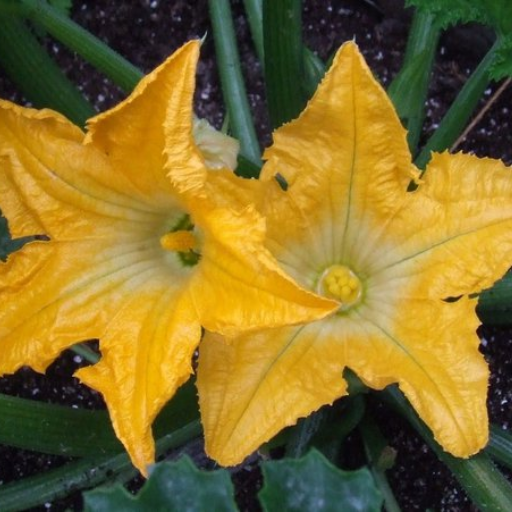
What is the best way to break down Epsom salt?
To effectively dissolve Epsom salt, I usually commence by gauging the right amount that my plants need. I heat some water at this point because hot water will accelerate salt dissolving. Once the water reaches a warm temperature, I add Epsom salt gradually while stirring non-stop until it dissolves fully. Mixing a quantity equivalent to 1 tablespoon of Epsom salt per gallon of water is ideal. After complete dissolution, I let it cool down before applying it directly into the soil or using it as a foliar spray on my plants. This method ensures that the plants more readily absorb the Epsom salt, promoting better growth and health.
How can I spray squash crops with Epsom salts?
I first ensure the solution is prepared precisely as noted earlier—1 tablespoon of Epsom salt per gallon of water—and then it’s ready for use. With my solution prepared, I shift it into an empty spray bottle or garden sprayer free from dirt and residue. Finally, a good time for its application is on an overcast day or early evening to avoid scalding off leaves from direct sunlight exposure The leaves are misted gently, starting with those beneath, since their uptake takes place at a faster rate, followed by a general light cover on every part of plant without exceeding saturation point where runoff starts occurring. This means magnesium absorption in leaves increases significantly, improving overall health and growth.
Is one tablespoon of epsom salt per gallon okay?
Yes, this ratio is acceptable; you can always use one tablespoon of Epsom Salt per gallon of water. Magnesium and sulfate are two critical plant nutrients which this ratio typically amounts to help offer as recommended in most cases by top gardening websites’ technical parameters:
- Absorption of Nutrients: Magnesium from Epsom salt enhances chlorophyll production, which promotes photosynthesis needed for plant growth.
- Condition of the Soil: The sulfate helps create a good soil structure, thus improving water-holding capacity and drainage.
- Frequency of Application: For optimum results, many sources suggest applying this once every 4-6 weeks during the growing season.
This approach guarantees that my plants will receive all the essential nutrients they need to grow.
Reference sources
Frequently Asked Questions (FAQs)
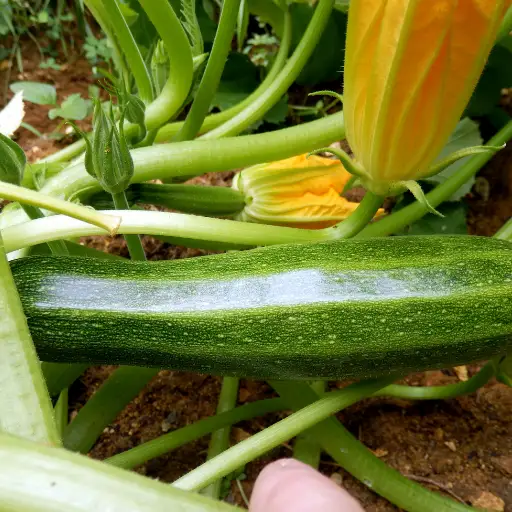
Q: What are the benefits of using Epsom salt for squash plants?
A: Epsom salt provides essential nutrients like magnesium and sulfur, helping plants improve chlorophyll production, enhancing leaves’ green color, and boosting photosynthesis in squash and zucchini.
Q: How do I use Epsom salt on my squash plants?
A: Dissolve 1 tablespoon of Epsom salt in 1 gallon of water and apply it to the soil around the plants. This mixture can be used every two to four weeks throughout the growing season.
Q: Can Epsom salt help prevent blossom end rot in tomatoes?
A: While Epsom salt provides magnesium, it does not address calcium deficiency, which is the primary cause of blossom end rot in tomatoes. For this issue, consider using eggshells to prevent calcium deficiency.
Q: Is Epsom salt beneficial for other plants in my vegetable garden?
A: Yes, Epsom salt can benefit a variety of plants, including cucumbers, tomato plants, and other vegetables. It improves the overall health of the garden bed by increasing soil nutrient content.
Q: How often should I apply Epsom salt to my squash plants?
A: You can apply Epsom salt every two to four weeks during the growing season. Always perform a soil test to avoid over-application and potential nutrient imbalances.
Q: Can Epsom salt help with sulfur deficiency in my plants?
A: Yes, Epsom salt contains sulfur, which can help correct sulfur deficiency in various plants, including squash and zucchini.
Q: Are there any risks in using Epsom salt for squash plants?
A: Overuse of Epsom salt can lead to excessive magnesium levels, which might disrupt the balance of other nutrients in the soil. Always follow recommended dosages and consider performing regular soil tests.
Q: Can Epsom salt be used in container gardening?
A: Yes, Epsom salt can be used in container gardening. Ensure there are holes in the bottom of the container for proper drainage, and use the same one tablespoon per 1 gallon of water mixture.
Q: What other home remedies can be used alongside Epsom salt for a healthier vegetable garden?
A: In addition to Epsom salt, you can use neem oil for pest control and crushed eggshells for calcium. Both contribute to the overall health of plants I love, like cucumbers and squash.
Q: Can Epsom salt be used for cucumber plants as well?
A: Yes, Epsom salt can be used for cucumber plants. It improves the nutrient content of the soil, promotes healthier growth, and potentially increases cucumber yield.



